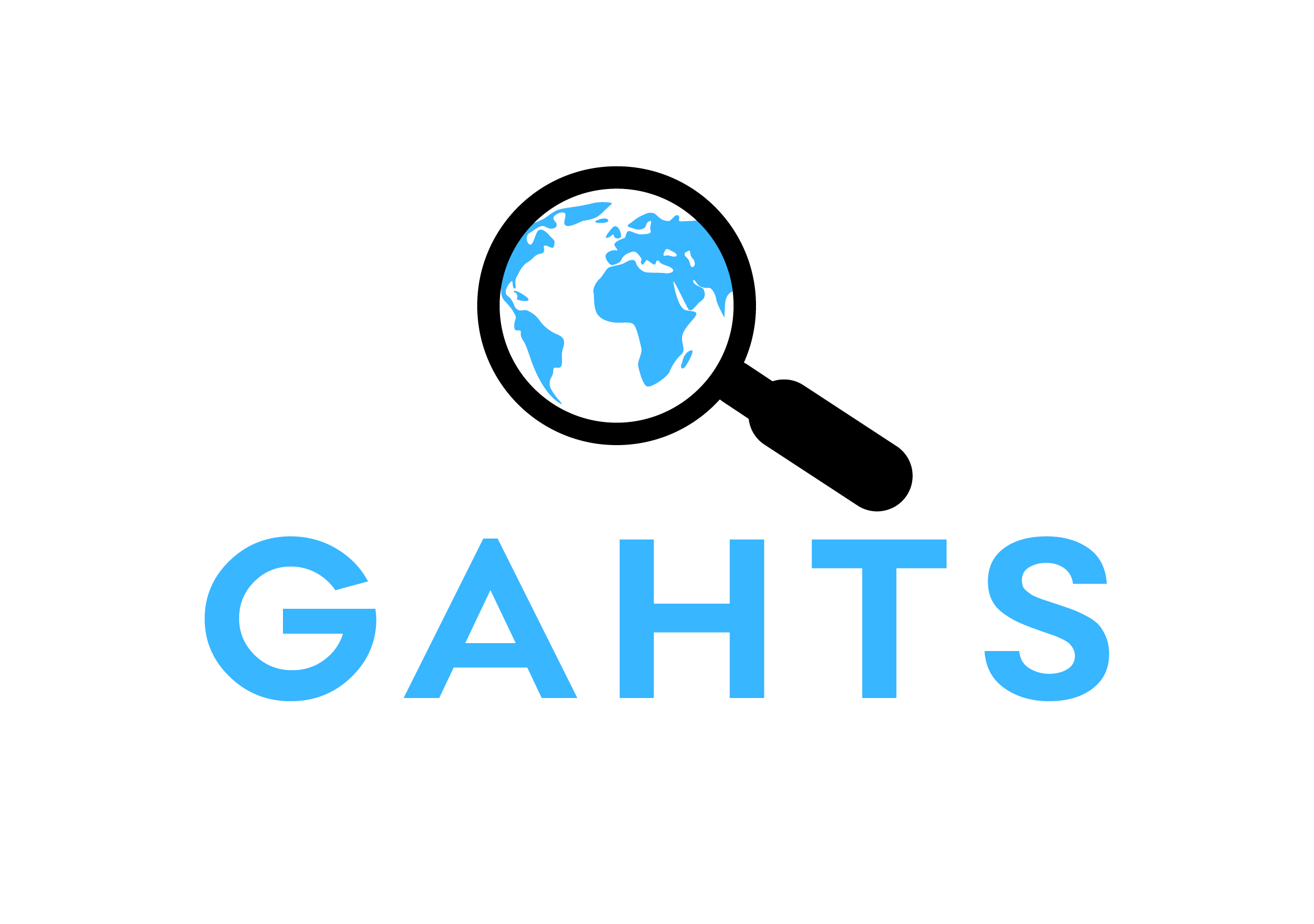Human Trafficking Trends
Author: Sapkota, Bishnu
Abstract: A person in trafficking shall mean the recruitment, transportation, transfer, harboring or receipt of persons, by means of the threat or use of force or other forms of coercion, of abduction, of fraud, of deception, of the abuse of power or of a position of vulnerability or of the giving or receiving of payments or benefits to achieve the consent of a person having control over another person, for the purpose of exploitation. The main objective of this study is to analyze the emerging global trend of human trafficking. Variables from existing theories were drawn to formulate a comprehensive view of the process followed during the commitment. Factors from terrain characteristics to border patrols help to determine trafficking routes by either facilitating or impeding the rapid clandestine movement of people. Additionally, political, social and economic factors within a society or region can either ‘push’ or ‘pull’ victims into a situation of trafficking. The basic argument is that, since human trafficking involves a high contingent of role players from a variety of backgrounds, a single explanation for its cause cannot exist in the globe.
Keywords: causes and consequences, trafficking trend, India and South Asia, Nepal
